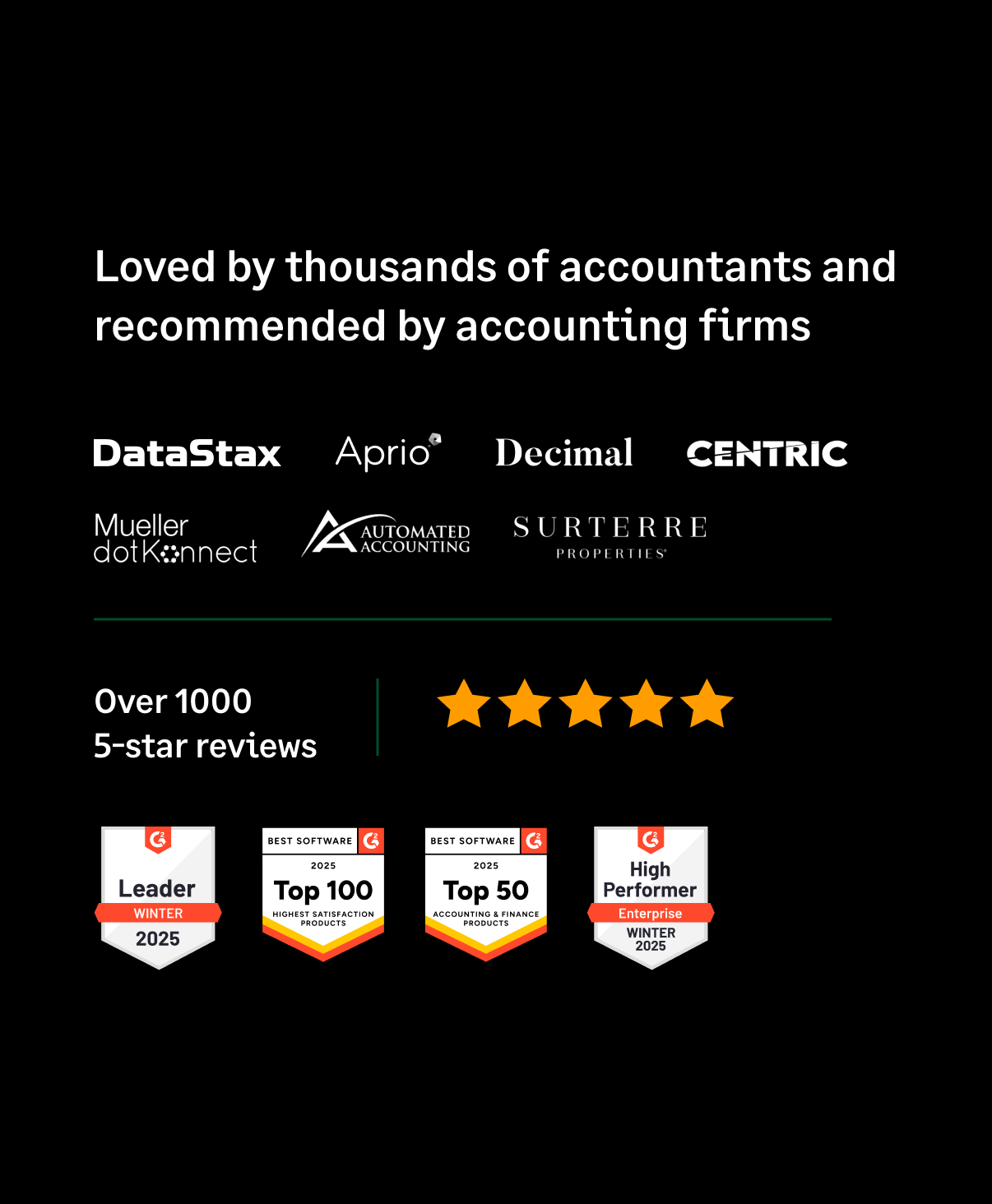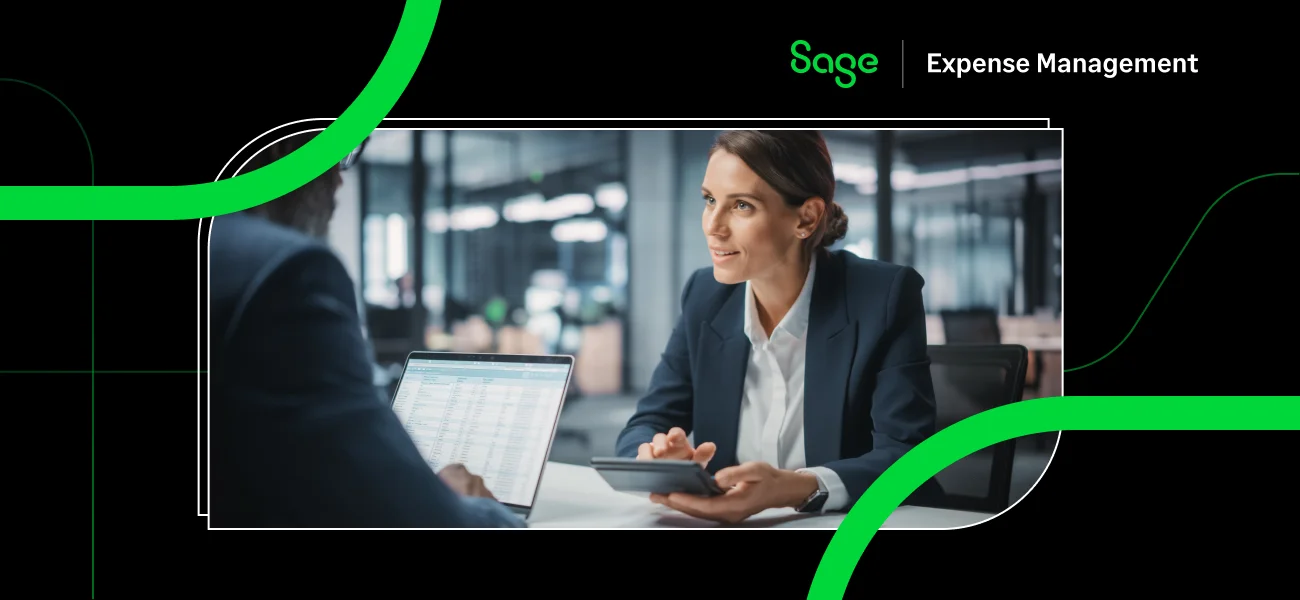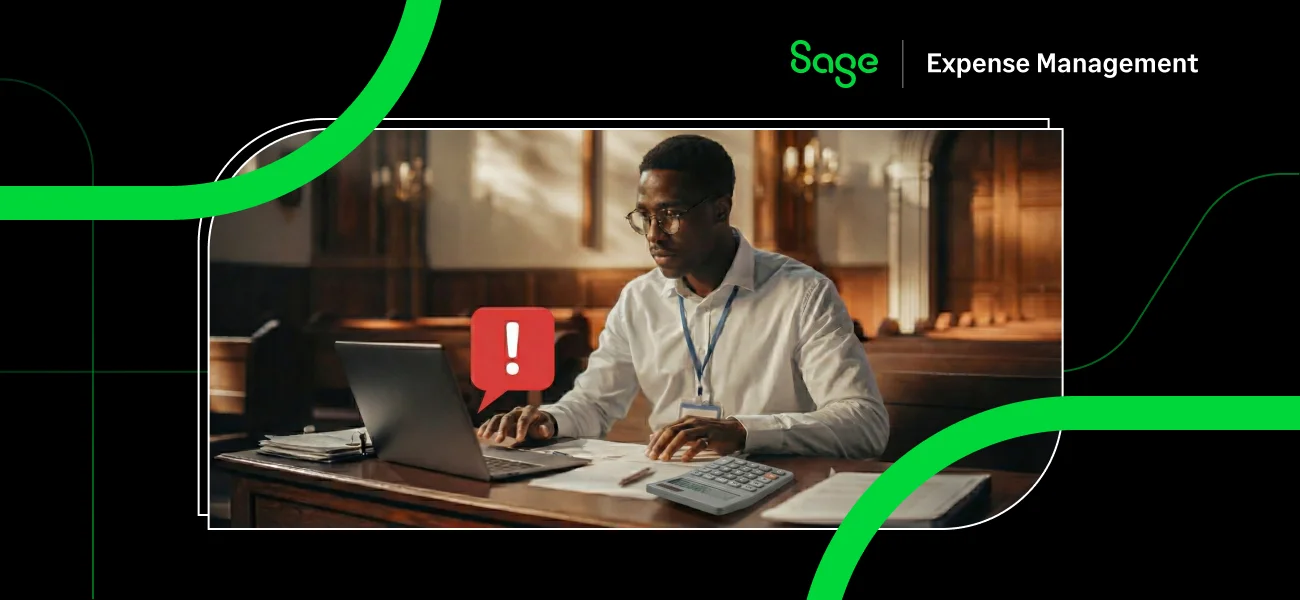Every penny counts for your business. From the daily grind of office supplies to strategic marketing campaigns, managing your finances effectively requires understanding the different types of expenses you incur.
This guide will break down the two main categories: recurring and non-recurring expenses. Knowing the difference will help you create a more accurate budget, make informed financial decisions, and ensure your business has the resources it needs to flourish.
What are Recurring Expenses?
Recurring expenses are predictable costs you incur on a regular basis, typically every month, every quarter, or year. They form the foundation of your business budget and help you forecast future financial needs.
Examples of Recurring Expenses

Recurring expenses include typical costs a business incurs to maintain daily operations, like:
- Rent or mortgage: The cost of your physical workspace.
- Salaries and wages: Compensation paid to your employees.
- Utilities: Electricity, water, and internet bills.
- Marketing and advertising: Costs associated with promoting your business.
- Software subscriptions: Monthly fees for essential business software.
- Insurance premiums: Regular payments for various types of insurance.
Where Do Recurring Expenses Show Up?
While the specific categorization might differ slightly, recurring expenses generally appear across all three major financial statements:
- Income statement: Listed as indirect costs. These expenses contribute to the overall cost of running your business and are deducted from revenue to arrive at operating income.
- Balance sheet: Some recurring expenses, such as depreciation (the gradual decrease in an asset’s value), may impact the value of assets reflected on the balance sheet.
- Cash flow statement: Recurring costs associated with day-to-day operations are typically categorized under “operating activities.”
Also Read:
What are Non-Recurring Expenses?
Non-recurring expenses are unpredictable costs that occur less frequently, often as one-time purchases or at irregular intervals. They can be essential for growth or unexpected occurrences.
Examples of Non-Recurring Expenses

Non-recurring expenses include:
- Office equipment: Computers, printers, furniture (not replacements).
- Website development: Initial cost of building your company website.
- Marketing campaigns: Special campaigns or events outside your regular budget.
- Major repairs or renovations: Significant upkeep or improvements to your workspace.
- Research and development: Costs associated with developing new products or services.
- Professional fees: One-time payments for legal or accounting services.
Where Do Non-Recurring Expenses Show Up?
Non-recurring expenses can appear across different sections of a company’s financial statement, depending on their nature. Here’s a breakdown:
- Income statement: Often listed as indirect costs, similar to recurring expenses. However, some non-recurring expenses might be reported as one-time charges that impact net income. Investors should be aware of these adjustments, as they can significantly affect a company’s profitability for that period.
- Balance sheet: Non-recurring costs may appear as short-term liabilities, especially if they involve debt financing, like equipment purchases.
- Cash flow statement: The category (operating, investing, or financing) depends on the expense’s purpose. For example, a large-scale facility upgrade might be classified as an investment activity.
Tracking your Recurring and Non-Recurring Expenses with Sage Expense Management (Formerly Fyle)
Staying on top of both recurring and non-recurring expenses is essential for healthy business finances. Our intuitive expense management features make this process effortless.
Effortlessly Manage Recurring Expenses

- Set it and forget it: Schedule recurring expenses for predictable costs like subscriptions and bills. Sage Expense Management automatically creates new expense reports for these items, saving you time and ensuring nothing gets missed.
- Flexible frequency: Define the recurrence pattern that best suits your needs. Choose daily, weekly, or monthly intervals, and customize the specific days or frequency within those periods.
- Stay informed: Receive automatic email notifications when a new recurring expense is created, keeping you in the loop.
Our platform goes beyond recurring expenses. It allows you to seamlessly track all your business expenses, from one-time purchases to per-diems, business mileage, travel expenses, and more.
Our direct integrations with Visa and Mastercard give you real-time notifications via text for all business credit card transactions. You can reply with a picture of the receipt for instant reconciliation.
By combining automatic recurring expense creation, comprehensive expense tracking, and better business credit card management, Sage Expense Management empowers you to gain complete control over your business finances.
Schedule a demo today and find out how we can help your business!




















